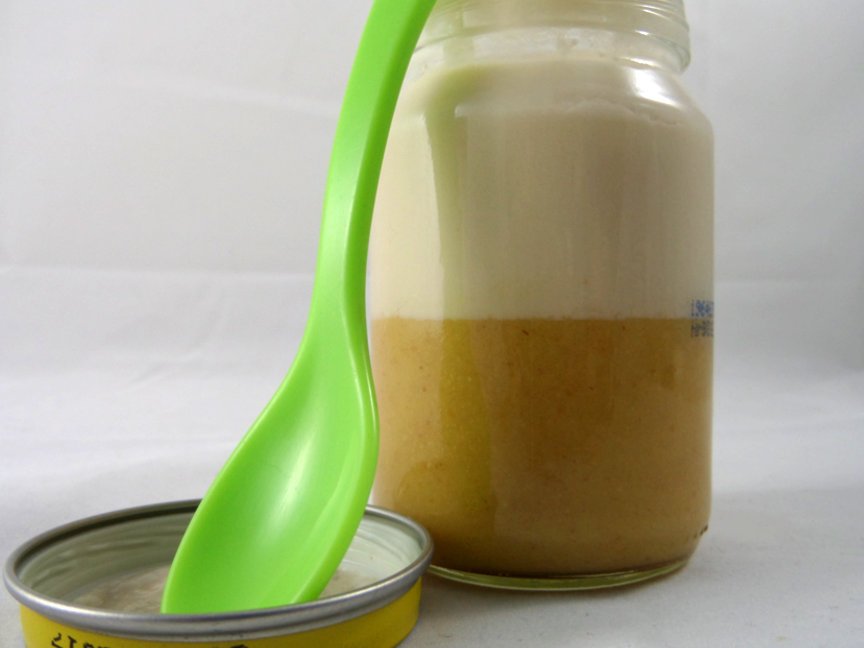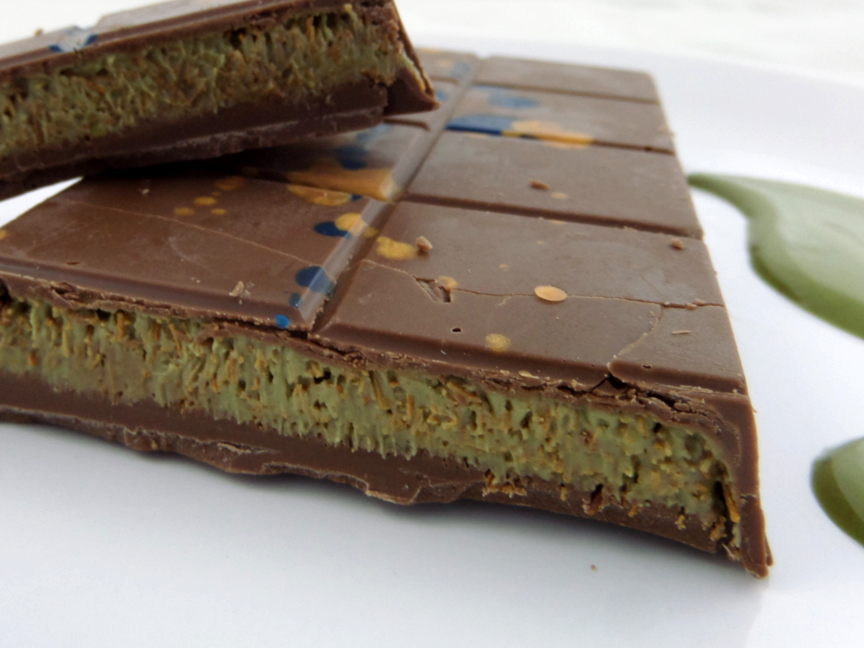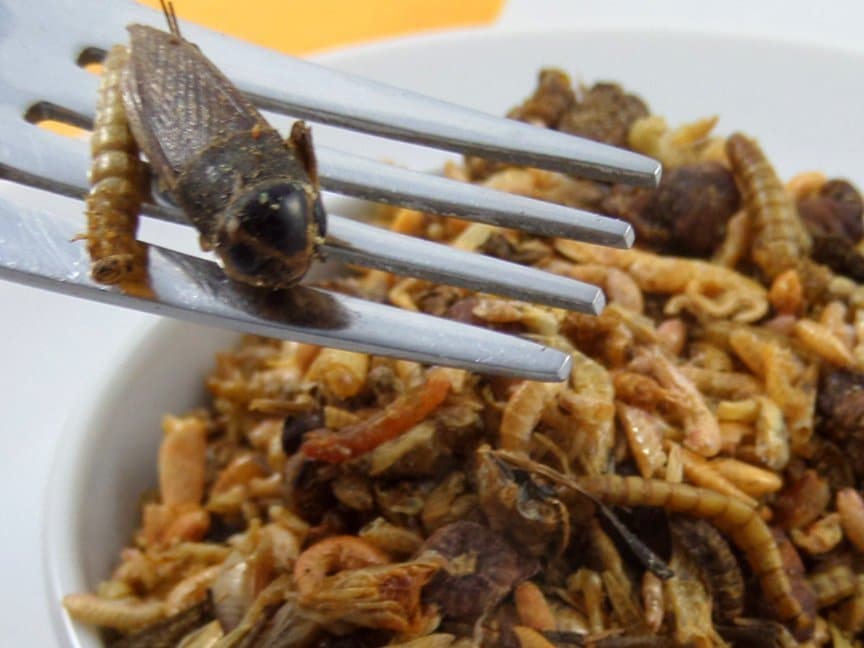
Pollutants get into baby food in different ways
Baby food is one of the most highly controlled foods. Baby food manufacturers have installed a chain of control over all production steps and levels. Starting with the farmer with the control of animal feed, fertilizers and seeds; continuing with the analysis of raw materials such as milk, grain or vegetables to the control of the end product.
The chemical analyses include pollutants from the environment such as heavy metals, PAHs, dioxins. On the other hand, the pollutants from the production chain such as additives, pesticides, disinfectants or veterinary drugs. In addition, tests are carried out for pollutant inputs from the production facilities. These include plasticizers or mineral oil hydrocarbons such as MOSH/MOAH.
Dioxins also pose a risk in infant food. Within the scope of a monitoring carried out by the Federal Office for Consumer Protection (1,2), a maximum content of 0.042 pg WHO-TEQ per g fresh weight was determined in follow-on milk and complementary food in 2014 and 2015. This results in a daily intake rate of 6.72 pg/kg body weight. The WHO target TDI (tolarable daily intake) of 0.96 pg/kg body weight is thus significantly exceeded.
Even if a child consumes follow-on milk and complementary foods with an average dioxin content of 0.9 pg/kg body weight, the target TDI of 0.96 pg/kg body weight is only just met.
The concentrations of dioxin in infant food are at the limit that must be closely controlled. Our medium-term goal can only be to reduce the levels of dioxins in these products.
Sources:
1) Federal Office for Consumer Protection and Food Safety: Reports on Food Safety, Monitoring 2014, Report 10.3
2) Federal Office for Consumer Protection and Food Safety: Reports on Food Safety, Monitoring 2014, Report 11.3
 | Dioxins in egg/egg products and milk/milk products (food)FDXFX1 |
Bildnachweis:
- Titelbild + Beitragsbild | Quelle: my-lab International | Modifiziert von my-lab International



